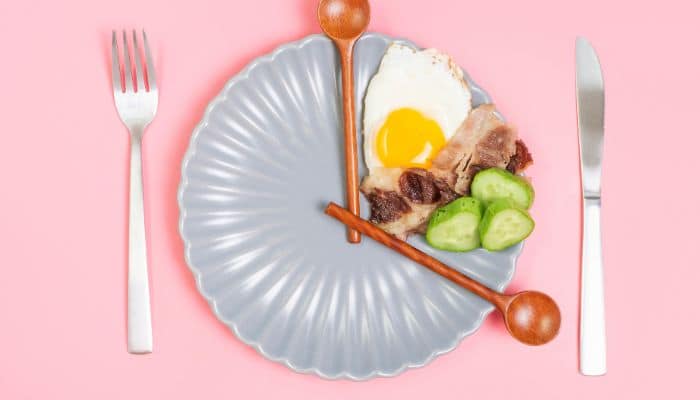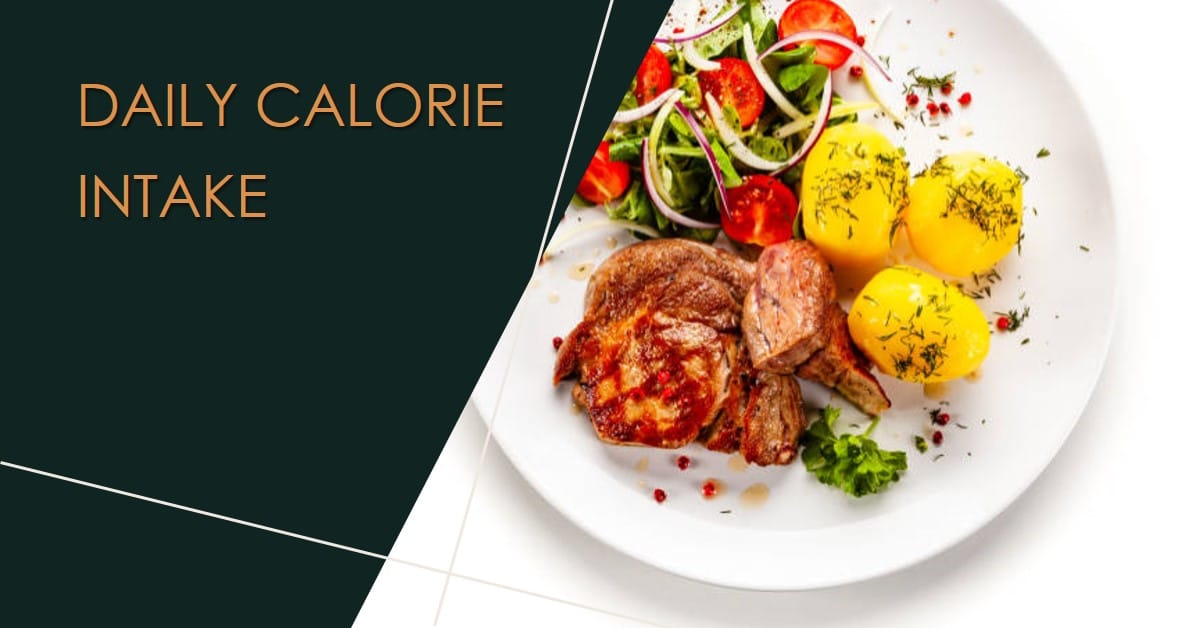Keto can seem like a very challenging diet to stick with. However, the many benefits you stand to gain from it should make it all worthwhile. If nothing else, keto is a great way to show your body what fats are again and get your insulin levels back in check so that they don’t go out of whack every time you eat something sweet or starchy. And as any dieter will tell you, getting started on any new eating plan is always the hardest part. Once you get over the initial hurdles of changing old habits and adopting new routines, it actually becomes much easier than expected. We’ve compiled some great tips for those who are just starting out on keto – whether you’re prepping for your first official day or simply trying to incorporate more ketogenic principles into your everyday eating habits.
Know your fats
When we talk about fats, we’re not talking about the creamy, fatty and salty kinds found in your favorite snacks and hot chips. Fat, in this context, is a macronutrient that’s essential for a healthy body. It’s the main component of keto, which is the low-carb diet that most people follow when trying to get into ketosis. While fat is necessary for your body, too much of it can also be dangerous for your health when it’s saturated. Saturated fats are the ones found in red meat, dairy and certain types of oil. Some of the healthier options that you can incorporate in your ketogenic diet include avocados, coconut oil, and fish. These are great sources of monounsaturated fats, which are linked to better heart health and cholesterol levels. By eating more of these fats, you can help reduce your risk of developing heart disease and Type 2 diabetes.
Don’t be afraid of the fats
As mentioned, most keto-friendly foods are high in fat – and that’s not necessarily a bad thing! Fats are essential for regulating hormones, maintaining healthy skin and hair, and keeping your brain and muscles functioning optimally. They also regulate your hunger better than protein and carbs, so they’re a good choice if you often find yourself craving something to eat in the middle of the day and don’t want to ruin your diet. If you’re worried about gaining weight from eating too much fat, remember that the source of the fat is key. Fats from whole foods like avocado, salmon, and nuts are healthier and less likely to cause weight gain than trans fats found in processed foods.
Track everything you eat
Some dieters like to keep a food journal as a way of tracking their progress and troubleshooting bad habits. This is especially useful for keto beginners as it helps you see where you may be falling short on your macronutrient goals. You can use a simple app like MyFitnessPal or an online food journal to track the grams of fat, protein, and carbs that you’re eating each day. Tracking your food can also help you identify food allergies or sensitivities, or simply see where you need to make some changes in your daily eating routine. If you notice that you’re consuming too much of one macronutrient, you can make adjustments so that you’re getting a more balanced intake of fats, protein, and carbs.
Stick to the green light-check Keto foods
While there’s no one-size-fits-all approach to the ketogenic diet, most people on the keto diet plan to eat around 70% fat, 15% protein, and 15% carbs every day. This means that you should be eating mostly low-carb vegetables, healthy fats like avocado and fish oil, some low-fat dairy, and a moderate amount of protein from meat. Some keto dieters also like to incorporate more vegetables into their diets to make up for the lack of carbs – but only do this if you’re not having any adverse effects from the low-carb diet. You can use this keto food chart to get a better idea of what types of foods you can eat while on the ketogenic diet. It’s based on the nutritional recommendations from the International Society of Sports Nutrition, so it’s a good reference point. However, you should always check with a doctor before starting any new diet routine!
Go easy on the protein
Most people on the keto diet eat about 0.8 grams of protein for every pound of their body weight. This may seem like a lot, but it’s actually only about half of what the average person needs. Since protein is metabolized in the liver, it’s also the macronutrient that impacts your blood glucose levels the most. Excessive amounts of protein can actually cause your blood glucose levels to go too low, which can be dangerous if it happens consistently. If you’re not feeling well while on the keto diet, you may be eating too much protein. Some of the most common keto side effects are headaches, slow metabolism, fatigue, constipation, leg cramps, and dizziness. These symptoms should lessen as you start to get used to the diet, but if they don’t, try reducing your protein intake.
Take care of your body
Keto is a healthy diet, but it’s very different from the Standard American Diet (SAD). It’s very important to make sure that you’re getting all the necessary micronutrients, vitamins, and minerals that your body needs to function optimally. Some common supplements that keto dieters use include iron, calcium, and a multivitamin to make up for the loss of nutrients. When starting out on keto, you may feel low on energy or like you don’t have the same amount of stamina that you used to. Keep in mind that these are all normal side effects of adjusting to a lower carb diet. In most cases, they’ll pass as you get used to the diet and your body starts to become more efficient at burning fat as an energy source.
Plan Your Meals
Keto is a lifestyle, not just a diet. That means that you’ve got to make the keto lifestyle a part of your everyday routine. Planning out your meals can help with this, as it can keep you from getting off track. You don’t have to follow a super strict meal plan, but having some staple keto-friendly meals in your arsenal can help you get through the week better and more efficiently. Some keto dieters even go so far as to plan out their grocery shopping lists – that’s how important meal planning is on the keto diet! Having a set meal plan can help you avoid those pesky eating out moments that can derail your diet.
Don’t rely on just fats and protein alone – also eat your veggies!
While you definitely need to be eating a lot more fat than you normally would, you also need to make sure that you’re eating enough fiber-rich vegetables. This is especially important for those who are on the standard ketogenic diet and are consuming under 30 grams of carbs per day. There’s a misconception that you shouldn’t eat vegetables on the keto diet. This isn’t true; you just need to make sure that you’re picking the right ones. You can eat most green and non-starchy veggies on the keto diet. Some good examples include spinach, broccoli, and lettuce. You just need to make sure that you’re picking low-carb versions of these foods.
Stay away from packaged foods with lots of carbs and sugar
You may be tempted to rely on packaged foods to make your life easier while on a keto diet, but these are best avoided. Many of these foods are high in carbohydrates which are not suitable for the keto diet. They may also contain added sugars and preservatives which are unhealthy for anyone, but especially those who are on a ketogenic diet. If you must eat packaged foods, choose the ones with the fewest carbs, and no added sugar. You may also want to look into using meal replacement shakes and bars while on the keto diet. These can be very convenient and allow you to get a balanced meal in a very quickly and easily. Just make sure
FAQs
What is the keto diet?
The keto diet is a low-carb diet that involves consuming foods that are high in healthy fats and low in carbs. This diet works by forcing the body to burn fat for fuel instead of glucose.
What are the benefits of the keto diet?
The keto diet can lead to weight loss, reduced inflammation, improved heart health, and better blood sugar control. It can also help to reduce the risk of developing type 2 diabetes, as well as improve brain function and increase energy levels.
What types of fats should be consumed while on the keto diet?
Healthy fats, such as those found in avocados, coconut oil, and fish, are the best types of fats to consume while on the keto diet. Saturated fats found in red meat, dairy, and certain types of oil should be consumed in moderation.
How can I track my progress on the keto diet?
You can track your progress on the keto diet by keeping a food journal, using a food tracking app like MyFitnessPal, or by using an online food journal. This will help you to see where you may be falling short on your macronutrient goals and make adjustments accordingly.




